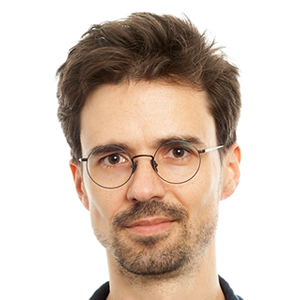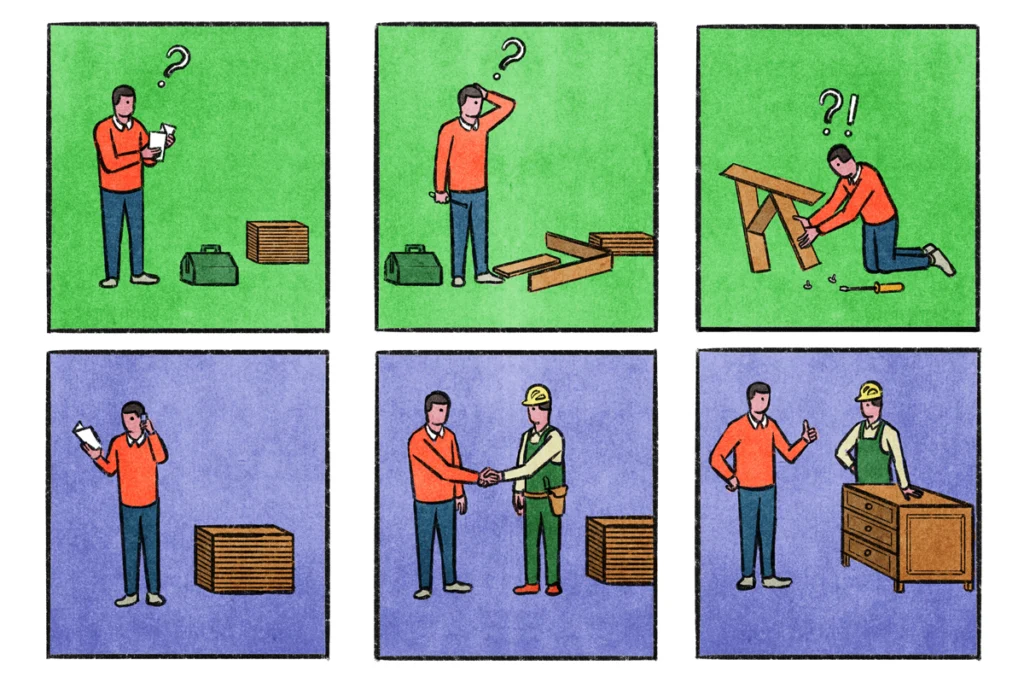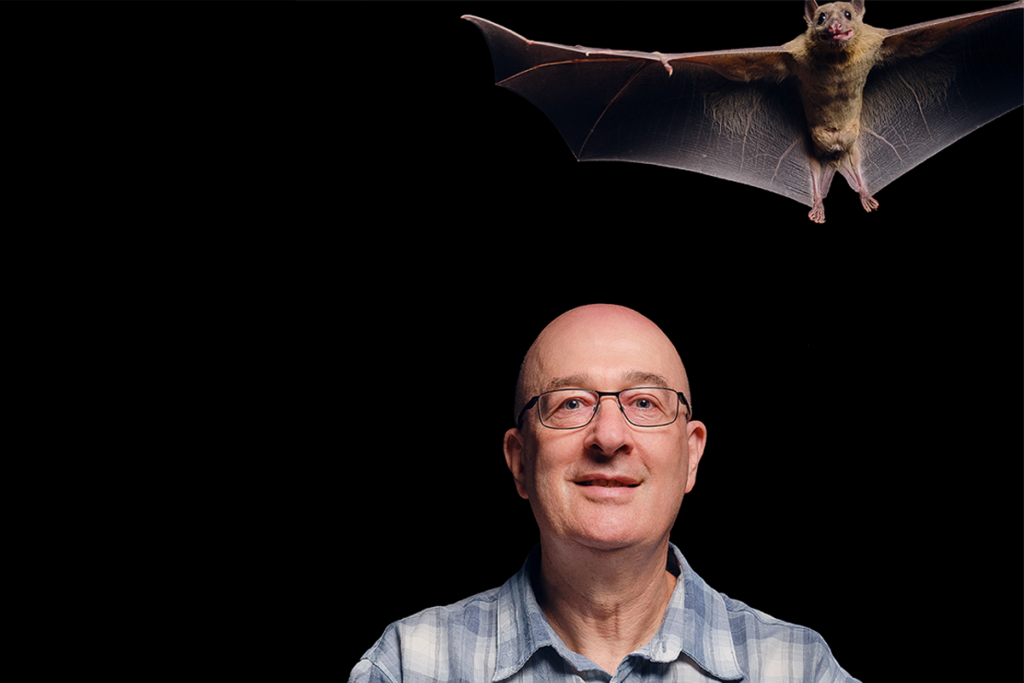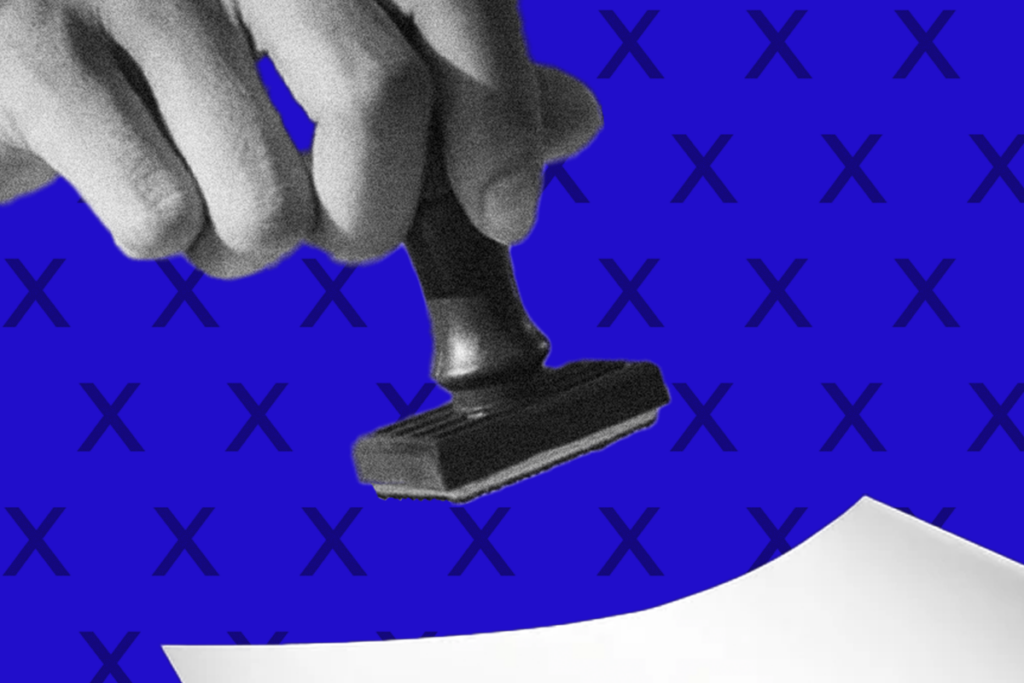Jakob Voigts is a group leader at the Howard Hughes Medical Institute’s Janelia Research Campus in Ashburn, Virginia. His lab uses naturalistic spatial behaviors to study how the brain sequentially builds models of the world and uses them to make sense of ambiguous information.

Jakob Voigts
Group leader
Howard Hughes Medical Institute
From this contributor
Why (and how) we need to professionalize neuroscience
Moving away from the field’s do-it-yourself ethos and embracing professional technical expertise will make research more efficient.

Why (and how) we need to professionalize neuroscience
Explore more from The Transmitter
The Transmitter’s most-read neuroscience book excerpts of 2025
Books by Nachum Ulanovsky, Nicole Rust, and Andrew Iwaniuk and Georg Striedter made the list of some of the year's most engaging neuroscience titles.

The Transmitter’s most-read neuroscience book excerpts of 2025
Books by Nachum Ulanovsky, Nicole Rust, and Andrew Iwaniuk and Georg Striedter made the list of some of the year's most engaging neuroscience titles.
Neuroscience’s leaders, legacies and rising stars of 2025
Here are seven stories from the past year about some of the field’s most engaging figures.

Neuroscience’s leaders, legacies and rising stars of 2025
Here are seven stories from the past year about some of the field’s most engaging figures.
The Transmitter’s top news articles of 2025
Check out some of our most-read stories, covering neuroscience funding and policy changes in the United States, and methodological issues in high-profile neuroscience papers.

The Transmitter’s top news articles of 2025
Check out some of our most-read stories, covering neuroscience funding and policy changes in the United States, and methodological issues in high-profile neuroscience papers.